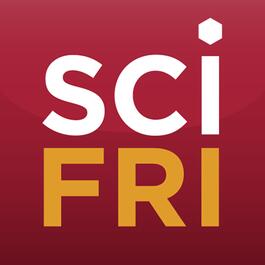
TB kills more than a million people each year. Dr. Mireille Kamariza has spent her career developing better detection and treatment tools. As the United States retreats from global health leadership—withdrawing from the World Health Organization, dismantling USAID—public health experts warn that there will be implications for the spread of certain diseases around the globe. One such disease is tuberculosis (TB), which is the deadliest infectious disease in the world. If you live in the United States, it’s likely that TB is not on your radar: It’s rare, and if someone is infected, there are effective treatments. But elsewhere in the world, more than a million people die of the bacterium each year, mostly in low-resource, high population regions. Tuberculosis isn’t a straightforward bug to treat. It has a unique armor, which helps it evade treatment like antibiotics. The current treatment regimen involves taking 16 pills a day for six months, which for people in regions with limited access to medicine, can be a massive barrier. Joining Host Flora Lichtman to discuss the science behind this deadly bacterium, and new tools to test for and treat it, is Dr. Mireille Kamariza, a chemical biologist at the University of California, Los Angeles. Transcripts for each segment will be available after the show airs on sciencefriday.com. Subscribe to this podcast. Plus, to stay updated on all things science, sign up for Science Friday's newsletters.
From "Science Friday"


Comments
Add comment Feedback